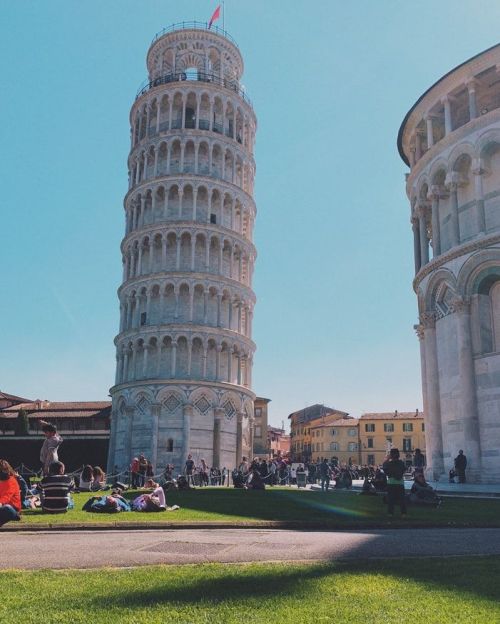Parmesan, one of the most expensive and well-known cheeses, is the pride of the Emilia Romagna region and of Italy. It is valued for its taste, texture and health-promoting properties.
It is made from cow's milk and has a low lactose content, so it can be consumed even by people intolerant to this sugar. It is rich in calcium and contains little cholesterol and fat.
Parmesan is so highly valued that many banks in Bologna accept it as a means of payment and also recognize it as a guarantee for a loan.
Rennet cheeses are a type of cheese made by denaturing milk with rennet (a digestive enzyme). Rennet is found in large quantities in the stomach lining of calves.
There is also vegetable rennet, which is found in certain plant juices and tissues of plants and fungi. Since ancient times, fig juice has been a well-known substance that initiates the coagulation process of milk.
Today, synthetic rennet is also used.
It comes from the two areas where it is produced - the provinces of Parma and Reggio (Parmigiano is the Italian adjective for Parma and Reggiano for Reggio Emilia).
In addition to Parma and Reggio Emilia, the cheese is also produced in parts of Bologna, west of the Reno River, and in Modena (both in the Emilia-Romagna region), as well as in parts of Mantua (Lombardy), which is on the south bank of the Po River.
Outside the European Union, the name "Parmesan" can be legally used for similar cheeses. The designation "Parmigiano Reggiano" refers only to the original Italian cheese.
Several cheeses bear this title. It is an informal title for which there is no uniform definition, but some cheeses are more often so called than others, especially in their countries of origin:
Other cheeses, such as Camembert, are occasionally given a lower peerage - "cheese prince".
The milk from the morning milking is mixed with the naturally skimmed milk from the evening milking (in a large shallow container to allow the cream to separate ). This creates a partially skimmed mixture.
This mixture is placed in a copper-lined vat where the milk is heated evenly and copper ions penetrate the mixture. Starter whey (the liquid left over from the curdled and strained milk), which contains a mixture of certain thermophilic lactic acid bacteria, is also added and the temperature is raised to 33-35 °C (91,4 - 95 °F). Calf rennet is then added.
The mixture is allowed to curdle for 10-12 minutes, after which the curd is mechanically broken into rice-sized pieces and the temperature is raised to 55 °C (131 °F).
The beaten curd is collected in gauze cloths, then divided into two parts and placed in molds. In these molds, the moist curd is turned over every hour for 24 hours to obtain the desired shape.
The buckle is released after one or two days. A plastic band with several imprints of the name of the cheese - Parmigiano Reggiano -, the plant number, the month and the year is placed on the molded cheese, after which the metal buckle is closed again.
The plastic band with the imprint (after it has been imprinted on the cheese rind) is removed after one day, and then the cheese is placed in a salt bath for 90 days. After this time, the cheese wheels are transferred to air-conditioned storage rooms or cellars, where they are matured for at least 12 months, but usually for two years or more.
It is tapped with a hammer to check the sound that comes from inside the cheese. The sound tells the inspector if the cheese is compact inside, which is correct, or if it has air holes caused by an undesirable strain of bacteria. If cavities are found in the tested cheese, it is rejected. It is sold as unnamed grated cheese or under the name Retinato.
As a final step, a seal is stamped on each roll, guaranteeing the originality of the Parmigiano Reggiano.
Depending on the age of the cheese disc, a distinction is made:
The cows are fed with dry fodder, fresh grasses and meadow hay. They are not fed with silage. Milk for Parmesan is produced on about 5,000 farms, which keep about 250,000 cows. The milk is supplied to about 460 cheese factories.
It takes about 550 liters (145 gallons) of milk to produce one disc, with an average of 14 liters (3.7 gallons) per kilogram of cheese.
It is believed that medieval Benedictine and Cistercian monks from Parma were the originators of the first Parmigiano Reggiano. It is likely that the cheese made in the 13th century was very similar in taste and appearance to the cheese made today.
The cheese quickly spread to neighboring regions of Italy and, in the 16th century, to many countries in Europe. The popularity of Parmesan in French, German and English cuisine led the Duke of Parma to claim the name and exclusive origin in 1612.
It contains very high amounts of sodium, calcium, phosphorus, zinc and iodine. It has a lot of vitamin A, fatty acids and a number of amino acids.
Parmesan is particularly rich in glutamate, containing up to 1.2 grams of it per 100 grams of cheese. The high concentration of glutamate explains the strong umami taste of this cheese.
Parmigiano Reggiano usually contains cheese crystals, semi-solid or granular crystalline patches, which are partly composed of the amino acid tyrosine.
The phenomenon of counterfeiting is widespread in the United States, the first non-EU market for this cheese with exports worth $150 million per year. In the United States, several companies sell a cheese similar to Parmigiano called Parmesan. The main North American producer of Parmesan is Kraft Foods.
Perhaps the best known is Grana Padano, produced in Lombardy, where "Padano" refers to the Po Valley. Compared to Parmigiano, there are less strict regulations in its production.
The Czech Republic produces Gran Moravia, a cheese similar to Parmigiano Reggiano and Grana Padano, and Argentina produces Reggianito, a cheese developed by Italian cheesemakers that is made in smaller disks and has a shorter aging period, but is essentially similar to Parmesan.
It is a knife with a round wooden handle and a drop-shaped blade. It is used to break the hard cheese into pieces. Larger knives with a flat handle, which can be pounded with a hammer, are used to cut cheese discs, the rind of which is quite hard.
In the past th years, 20,000 Parmesan molds worth seven million euros were stolen in the Emilia Romagna region. As a result of the thefts, guarded storage fortresses are being built there to protect the valuable cheese from gangs that specialize in its theft.
In the town of Guastalla, thieves loaded 68 disks of cheese worth 50,000 euros into a van in four minutes. The installed alarm systems stopped working after a short time.
Within two years, 600 tons of Parmesan cheese were stolen. The stolen cheese is later sold illegally, mainly at markets.












